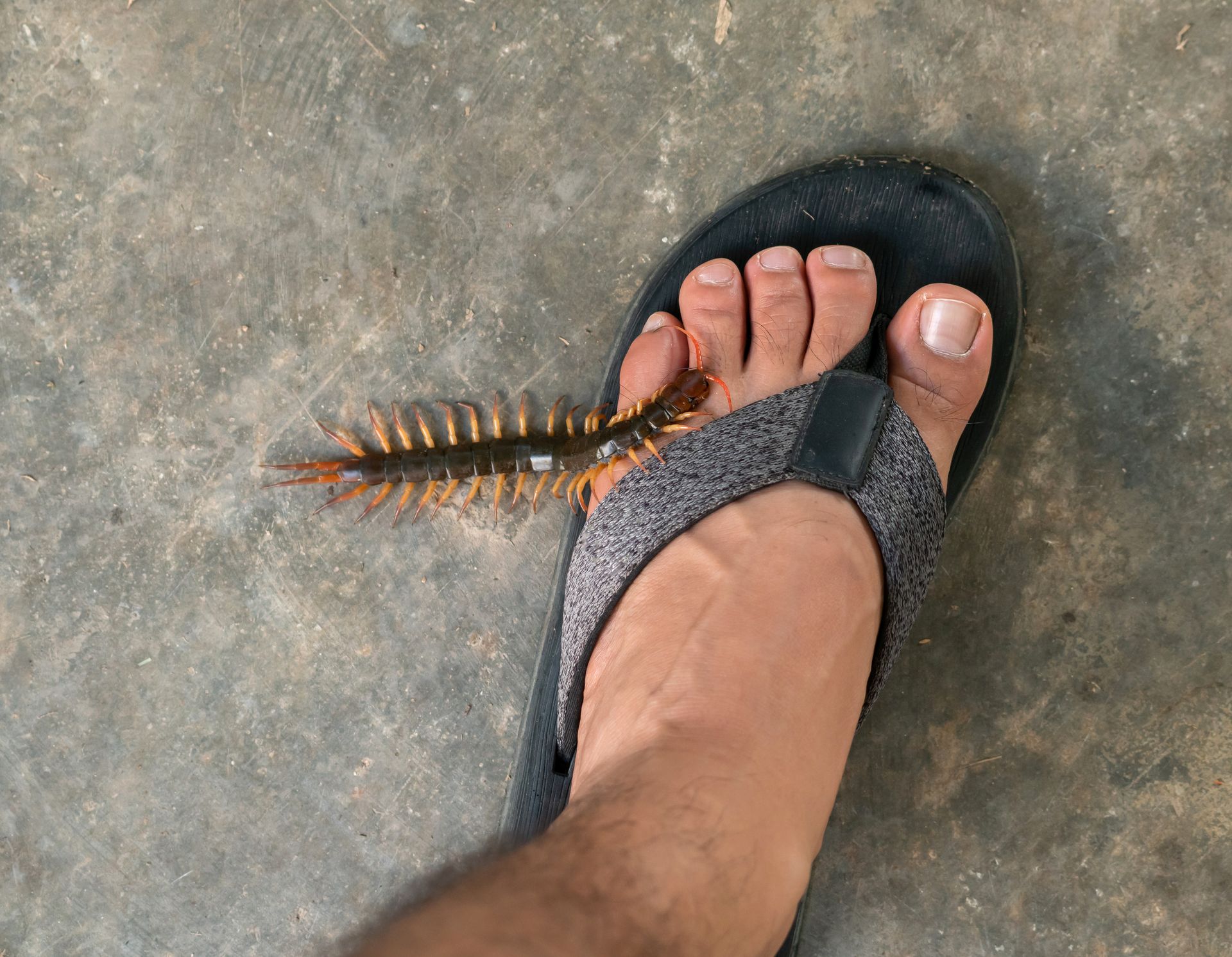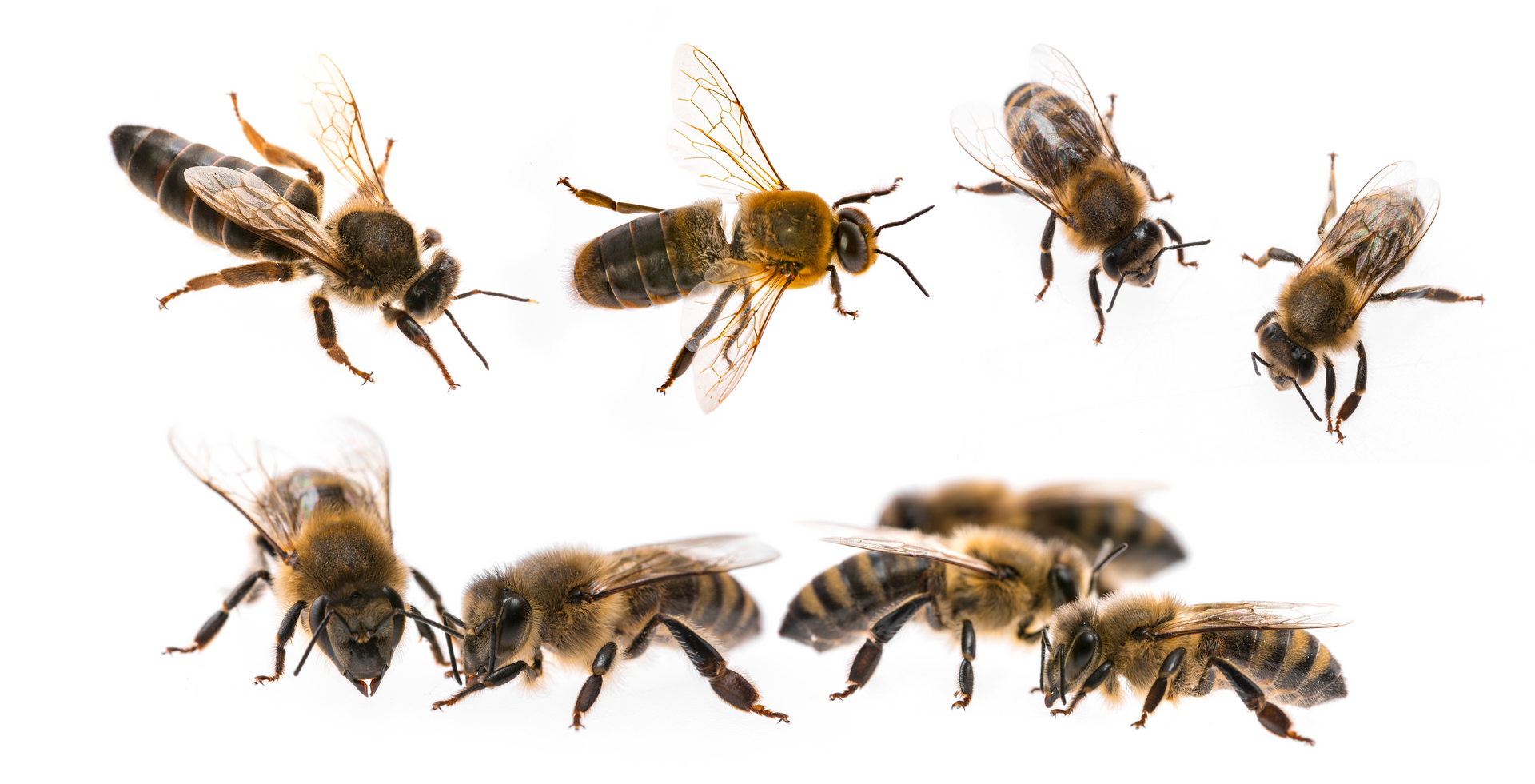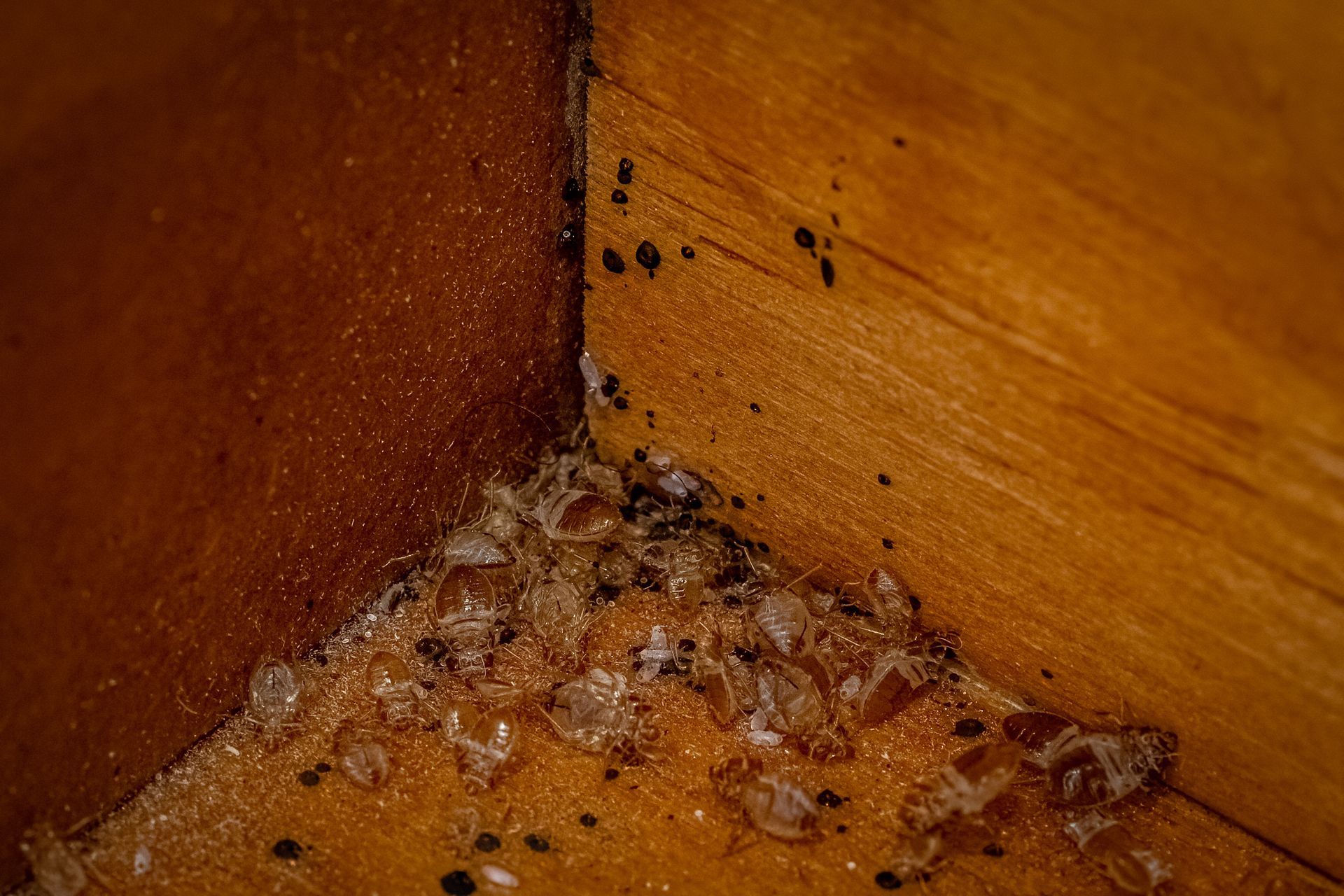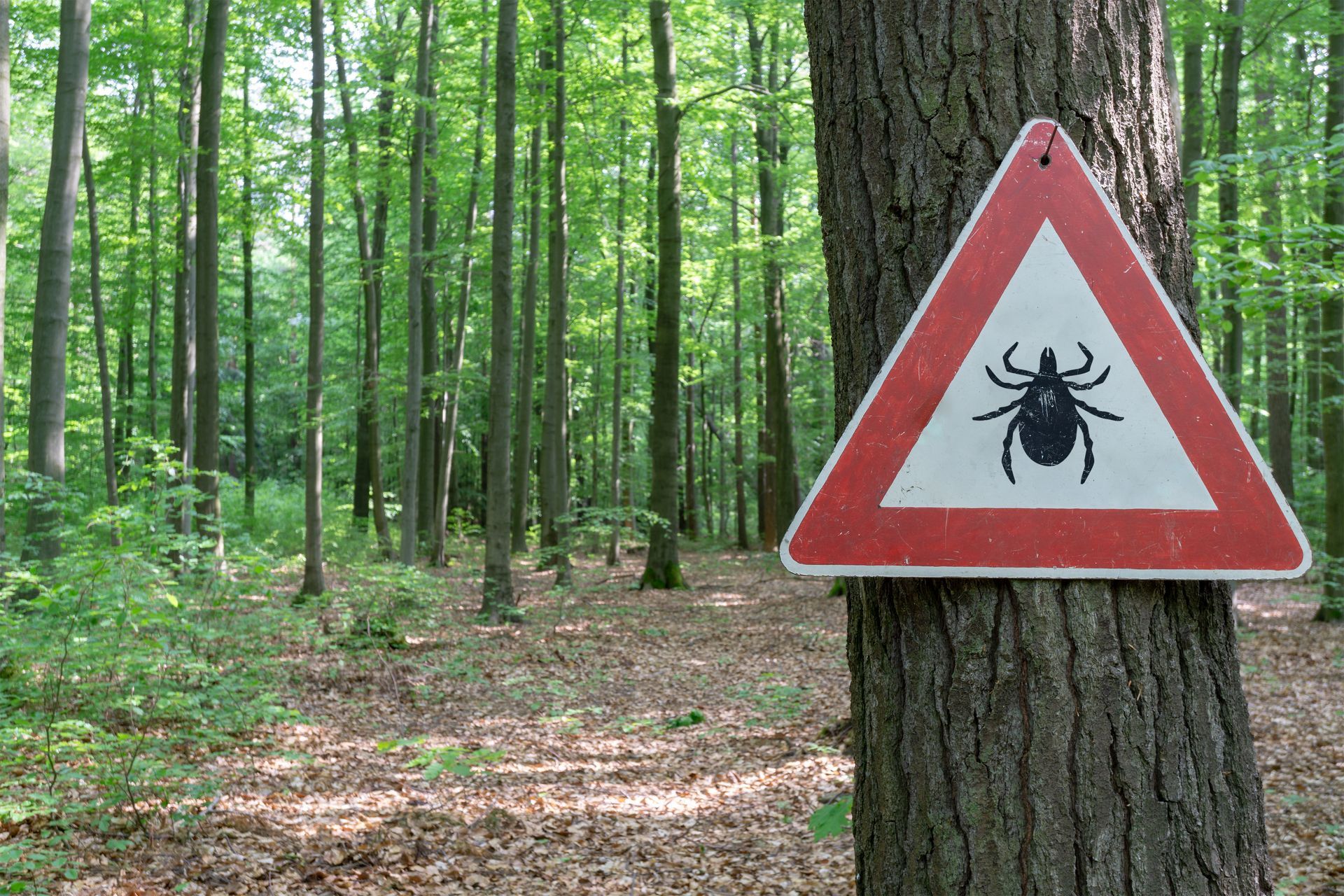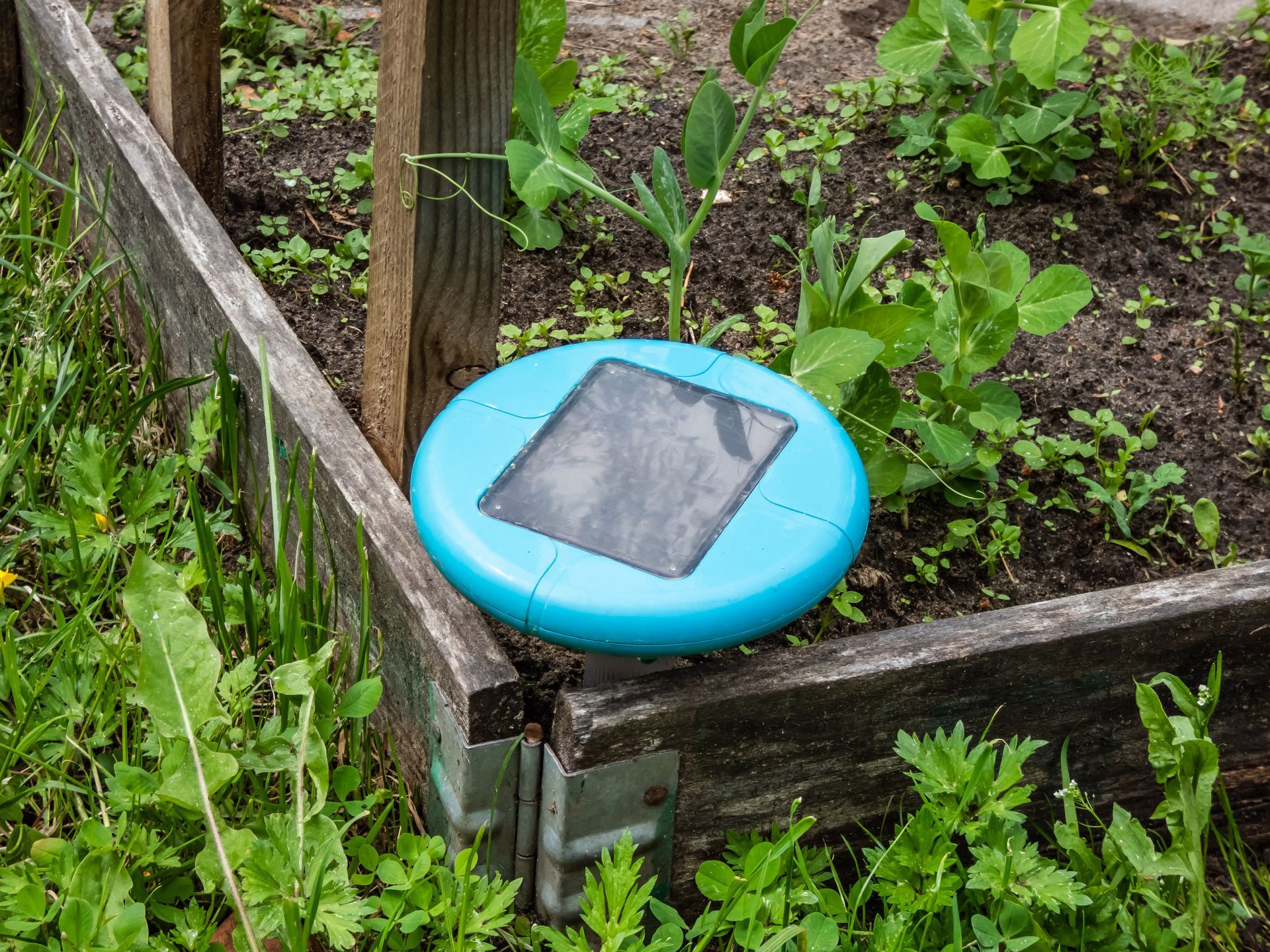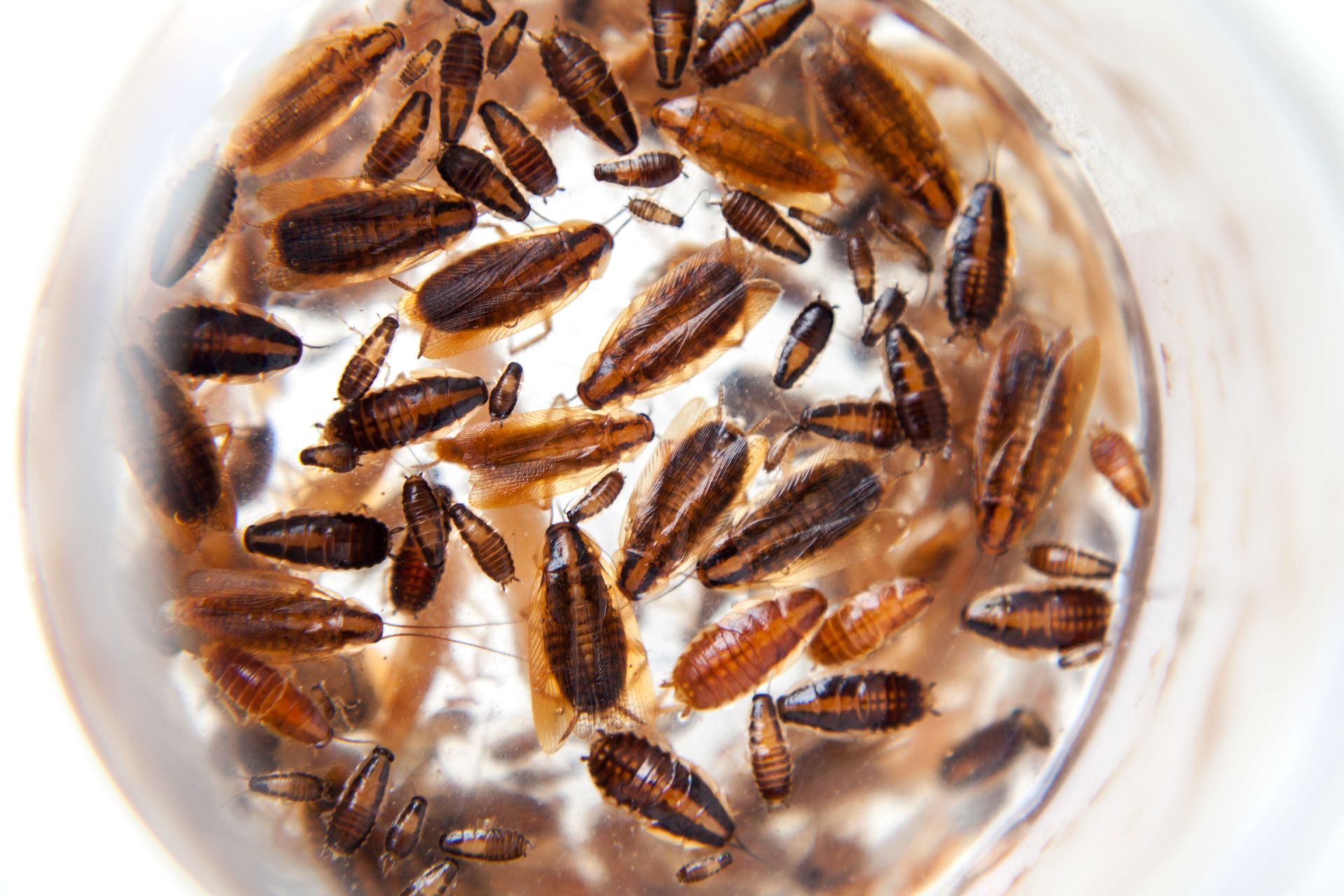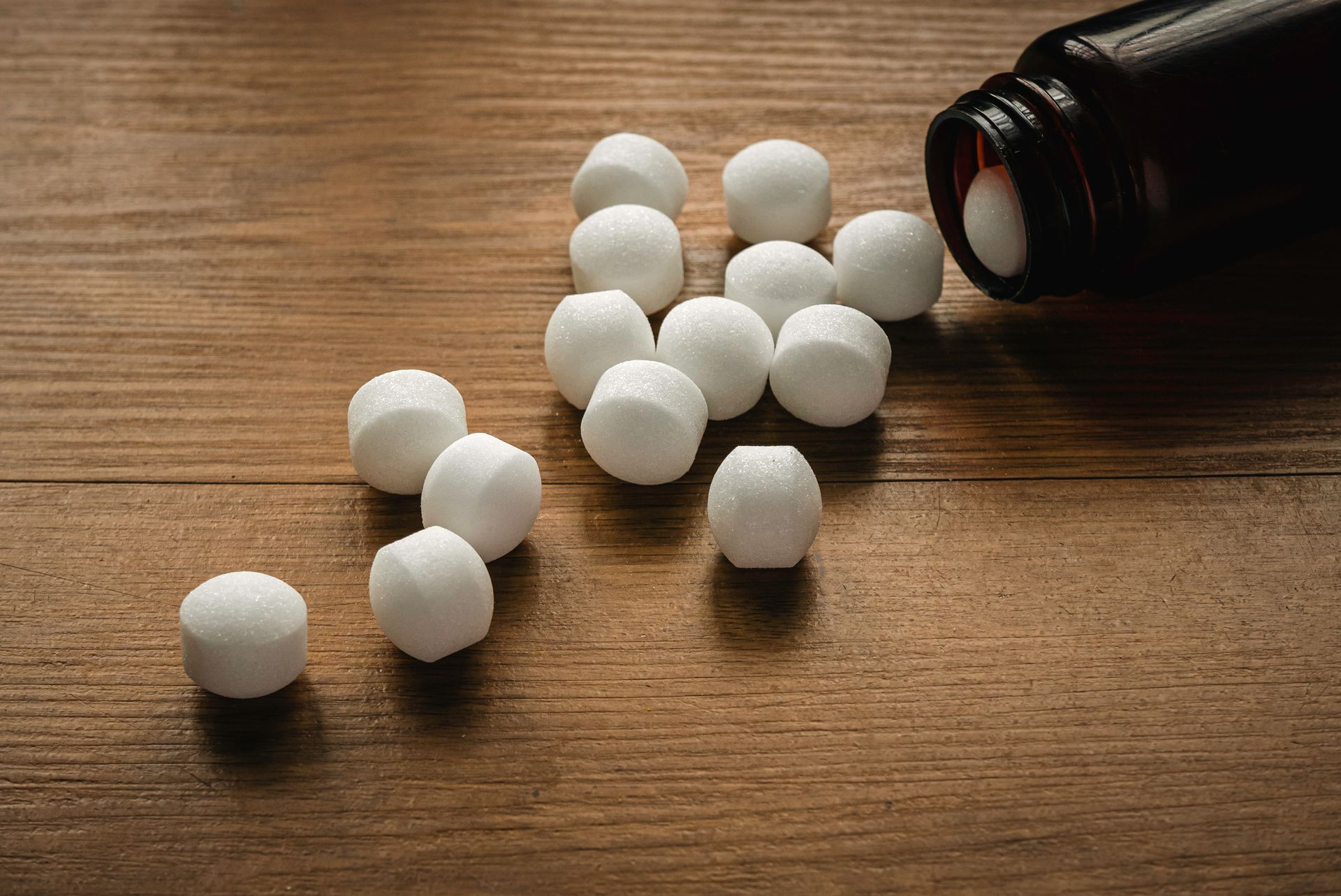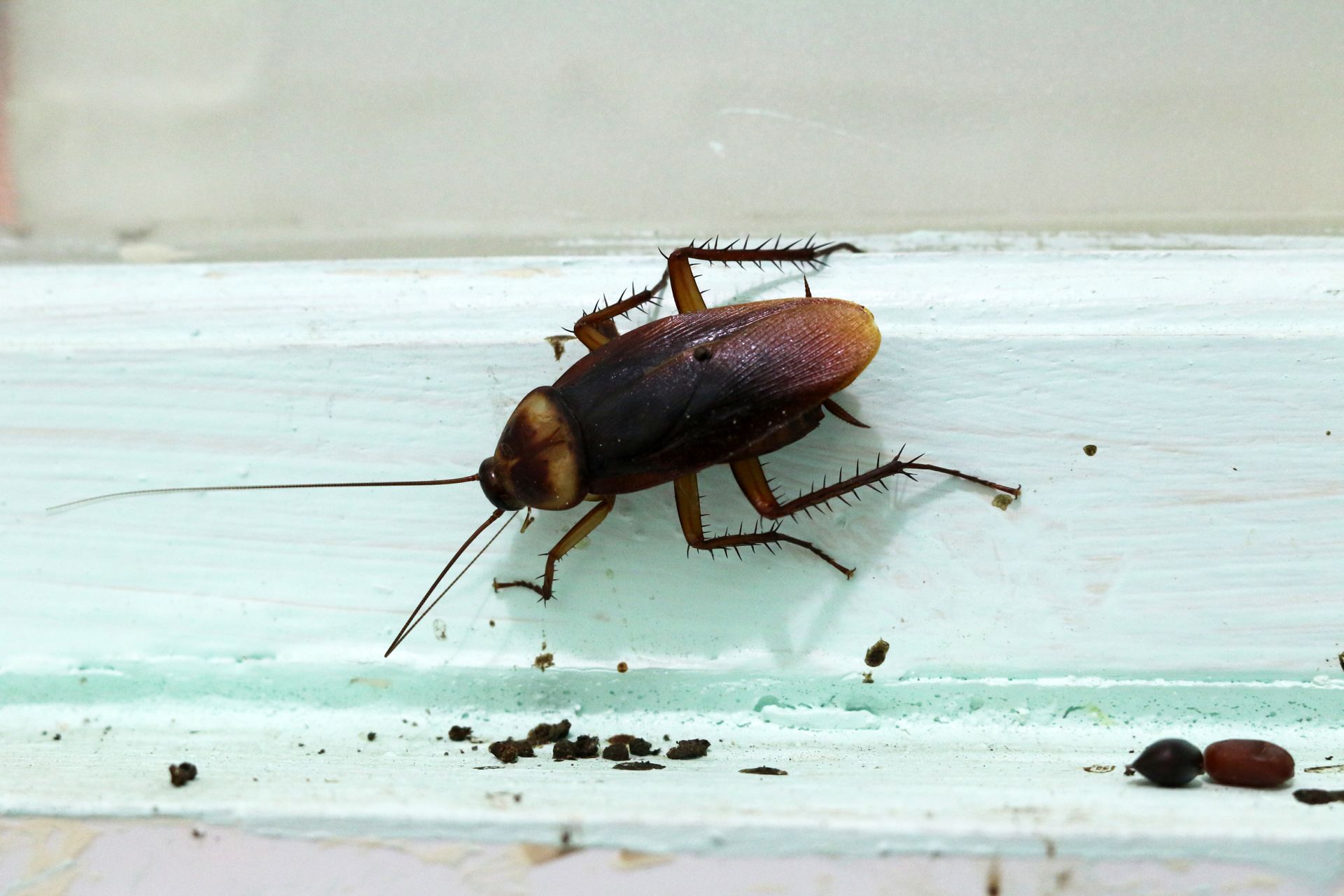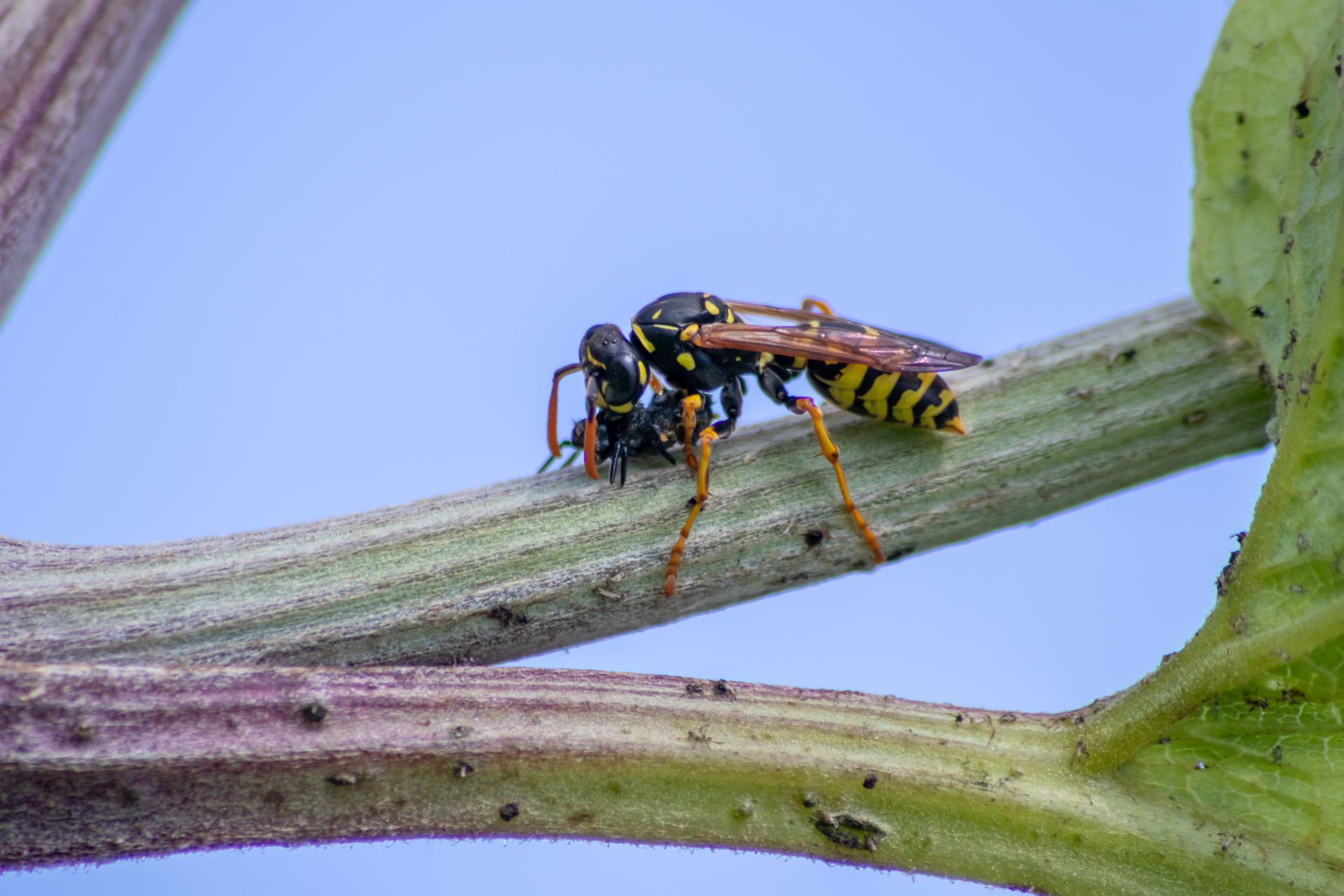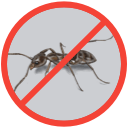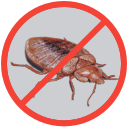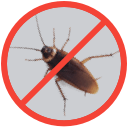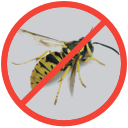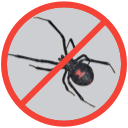What Do Snails Eat?
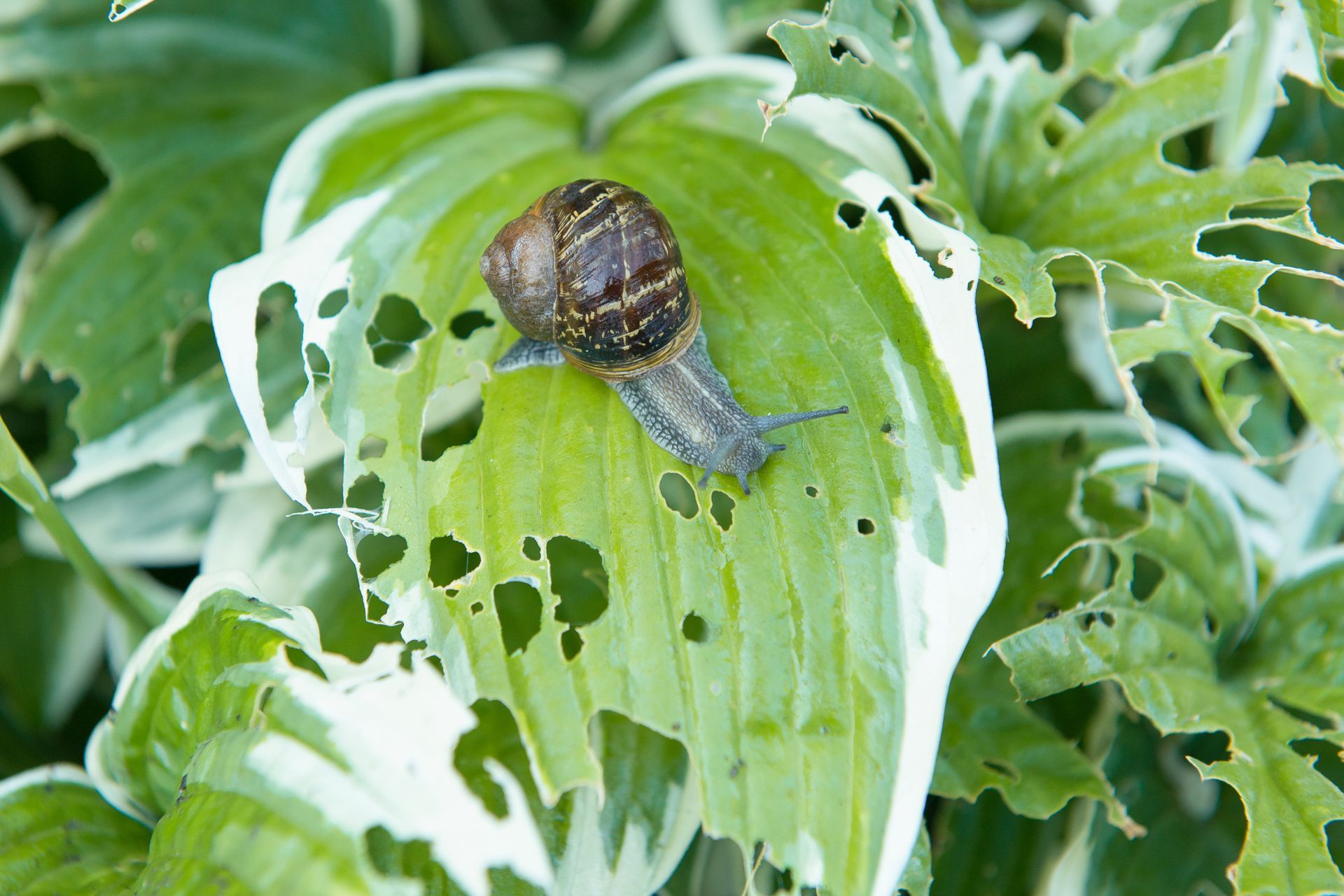
Snails are remarkable mollusks that are found across diverse habitats on five continents. They exhibit a fascinating array of dietary habits that reflect their adaptability to various environments. These invertebrates have evolved to thrive in settings ranging from marine ecosystems to terrestrial landscapes including deserts, forests, and even arctic regions. Their diet is as diverse as their habitats and encompasses a wide spectrum of food sources that vary depending on the species and their specific environment. Generally, snails are herbivorous, consuming plants, fruits, vegetables, and algae, but some species have adapted to omnivorous or even carnivorous diets. Interestingly, snails also ingest non-traditional food items such as soil or sand to obtain calcium necessary for shell growth and maintenance. This dietary flexibility contributes to their widespread success and ability to survive in various climates. Understanding the eating habits of snails not only provides insight into their biology and ecological role but also has practical implications for gardeners and ecosystems where these gastropods can cause significant damage.
Common Types of Food Snails Eat
Snails exhibit a diverse range of dietary preferences. While many snail species are primarily herbivorous, others have evolved to be detritivores, omnivores, or carnivores that prey on other small invertebrates.
Do Snails Eat Plants?
Plants form a significant portion of the diet for many snail species. These gastropods have evolved to consume a wide variety of plant materials, ranging from tender leaves and succulent fruits to tougher plant parts like stems and bark. Garden snails, for instance, are often found feasting on vegetables such as cabbage, cucumbers, and leafy greens like spinach and kale, as well as various fruits and berries. Their dietary preferences can sometimes put them at odds with gardeners, as they may cause noticeable damage to cultivated plants. In aquatic environments, herbivorous snails play a crucial role in controlling algae populations and may also feed on water plants, sometimes leaving tell-tale holes in aquatic vegetation like water lilies. Interestingly, while many snails show a preference for living plant matter, some species also incorporate fungi and mushrooms into their diet which shows the diverse range of plant based food sources these mollusks can consume.
Do Snails Eat Decaying Matter?
Many snail species play a crucial role in ecosystems as detritivores because they consume and break down decaying organic matter. This dietary preference is not limited to terrestrial snails but extends to some aquatic species as well. On land, detritivorous snails contribute to the decomposition process by feeding on a wide range of dead organic materials including fallen leaves, lawn clippings, decaying wood, and even animal carcasses. In marine environments, species like the Nassarius snails have specialized in scavenging, feeding on the remains of fish, coral, and other invertebrates. This feeding behavior serves an important ecological function by accelerating the recycling of nutrients in both terrestrial and aquatic ecosystems. By consuming decaying matter, these snails not only obtain their required nutrients but also help to clean up their environment and make essential nutrients available for other organisms.
Do Snails Eat Other Bugs and Prey?
While many snail species are primarily herbivorous or detritivorous, some have evolved to become predators that exhibit carnivorous or omnivorous feeding habits. These predatory snails can be found in both terrestrial and aquatic environments, and their prey selection often depends on their size and hunting capabilities. Terrestrial carnivorous snails, such as the Powelliphanta species found in New Zealand, prey on other gastropods including slugs and earthworms. In aquatic ecosystems, predatory snails like the moon snail have developed sophisticated hunting techniques that use chemical secretions to soften the shells of their prey before consuming them. Interestingly, some species, like Rumina decollata, display omnivorous tendencies that incorporate both plant matter and small animals into their diet, though they often show a preference for animal prey. Cannibalism is also common among certain snail species, with some known to prey on other snail species that are smaller and more vulnerable.
How Do Snails Eat?
Snails possess a unique and fascinating feeding mechanism that enables them to consume a wide variety of food sources. At the heart of this system is the radula, a specialized structure often likened to a tongue, located in the snail's mouth. The snail's feeding organ, known as the radula, is equipped with numerous tiny, tooth-like structures aligned in series which creates a surface reminiscent of fine grit sandpaper. When feeding, snails employ a scraping motion, using the radula to rasp and tear at their food source. This action breaks down the food into smaller, manageable pieces that can then be ingested. The efficiency of this feeding method allows snails to consume everything from soft plant matter to harder substances like algae, on rocks, or the shells of other mollusks. Interestingly, the teeth on the radula are subject to wear and are continuously replaced throughout the snail's life, with carnivorous species typically experiencing faster wear due to their more abrasive diet.
What Do Garden Snails Eat?
Garden snails are predominantly herbivorous which often puts them at odds with gardeners and horticulturists. These terrestrial mollusks are particularly fond of tender, succulent plant parts, making them frequent visitors to vegetable gardens and ornamental plantings. Their menu typically includes a wide variety of leafy greens such as lettuce, cabbage, and spinach as well as softer fruits like strawberries and tomatoes. Garden snails also show a preference for young, tender shoots and seedlings which can be particularly devastating in cultivated areas. Beyond garden produce, these gastropods will readily consume various types of foliage, flowers, and even tree bark when other food sources are scarce. Interestingly, their dietary habits can vary based on factors like age, with younger snails often being more voracious feeders. Environmental conditions also play a role in their dietary habits as it influences food availability. While primarily herbivorous, some garden snail species may occasionally supplement their diet with decaying organic matter and even soil as these materials contain calcium that the snails need to maintain their outer shell.
What Do Aquatic Snails Eat
Aquatic snails exhibit a diverse range of feeding habits that reflect the varied ecosystems they inhabit, from freshwater ponds to marine environments. In freshwater settings, many aquatic snail species are primarily herbivores that feed on a variety of aquatic plants such as duckweed, water lettuce, and azolla. These snails play a crucial role in controlling algae populations because they graze on the algal growths that accumulate on submerged surfaces like rocks, logs, and even aquarium glass. Marine snails, on the other hand, may consume various types of seaweed and microalgae. However, the diet of aquatic snails is not limited to plant matter alone. Many species are opportunistic omnivores that supplement their plant based diet with decaying organic matter and even small dead animals like fish or insects. This dietary flexibility allows aquatic snails to thrive in diverse aquatic ecosystems, from nutrient rich ponds to oligotrophic marine environments.
What Do Newly Hatched Snails Eat?
Newly hatched snails begin their life cycle with a unique and crucial feeding phase that is essential for their early development and survival. In the initial days after hatching, these young gastropods remain in their breeding burrow, where they engage in a fascinating dietary behavior. Their first meal typically consists of the remains of their own eggs, a practice that serves multiple purposes. This egg consumption is particularly important for calcium intake, which is crucial for the development and strengthening of their delicate, newly formed shells. In some cases, the young snails may also consume the remains of unhatched eggs or non-viable siblings, a behavior that provides them with additional nutrients and potentially increases their chances of survival. As they prepare to emerge from their underground nursery, these juvenile snails consume the earth covering their brood cavity, which simultaneously nourishes themselves and creates an exit path. Once they reach the surface, their diet transitions to more species specific foods that mirror the preferences of adult snails but often focuses on softer, more easily digestible plant matter.
What Do Snails Drink?
Hydration plays a crucial role in the life of snails, with water constituting nearly 90% of their body composition. This high water content is essential for their physiological processes and mobility. Snails obtain water primarily through their diet and to a lesser extent, by absorbing moisture through their skin. However, direct water consumption is vital for maintaining their blood fluidity and overall hydration. A dehydrated snail eventually becomes immobilized and visibly thinner which highlights the critical nature of water to their day to day functionality. In such cases, oral water intake becomes particularly important, not only to maintain blood hydration but also to rehydrate the skin. Snails are highly sensitive to moisture levels in their environment, and their ability to absorb water through their skin allows them to take advantage of damp conditions. However, in situations of severe dehydration, direct access to water sources becomes crucial.
When Are Snails Actively Seeking Out Food?
Snails are predominantly nocturnal creatures that forage for food during the nighttime hours or in the early dawn when temperatures are cooler, and humidity is higher. Their feeding activity intensifies as winter approaches, with snails consuming larger quantities of food to build up fat reserves essential for surviving hibernation. Interestingly, during periods of extreme heat or drought in summer or spring, some snail species can enter a state of estivation which is a form of dormancy that allows them to conserve energy and survive harsh conditions when food and moisture are scarce.
Do Snails Seek Out Calcium Rich Diets?
The development and upkeep of snails' defensive outer coverings heavily rely on calcium, which is crucial for their overall physiological health. Snails actively seek out calcium rich food sources in their environment, with some species even consuming soil or small rocks to supplement their calcium intake. This mineral is crucial not only for shell growth and repair but also for various physiological processes which makes calcium rich diets essential for snail survival and development from the moment they hatch.
Problems with Snails
While snails play important roles in many ecosystems, they can become significant pests in agricultural and garden settings due to their voracious appetite for plants. Large populations of snails can rapidly decimate crops and ornamental plants, causing substantial economic losses and frustration for farmers and gardeners alike. The use of chemical pesticides to control snail populations, while sometimes effective, can have unintended consequences on beneficial organisms and the broader environment which highlights the need for more sustainable pest management strategies.
Snails Are Also Prey That Feed the Food Chain
Despite their protective shells, snails also serve as an important food source for a diverse array of predators which is why they play a crucial role in many ecosystems' food chains. Their slow movement and lack of advanced defense mechanisms make them vulnerable to a wide range of animals including birds, reptiles, small mammals, and even some insects. Interestingly, humans are also significant consumers of snails, particularly in European and some Asian cuisines, where snails are considered a delicacy and are often farmed specifically for culinary purposes.
Contact EcoGuard if You Are Dealing with Snails
Snails can become a significant nuisance when they invade gardens, crops, or residential areas in large numbers. If you're facing a persistent snail problem that's damaging your plants or property, it may be time to seek professional help. EcoGuard Pest Management offers expert solutions tailored to address snail infestations effectively and responsibly. Our team of trained professionals understands the delicate balance between pest control and environmental stewardship. We can assess your specific situation and implement targeted strategies to manage snail populations while minimizing the impact on beneficial organisms. Don't let snails destroy your garden or ruin your property's aesthetics. Contact EcoGuard Pest Management today to develop a comprehensive snail control plan that will protect your plants and ensure a healthier, more balanced outdoor environment.
Snail Diet FAQs
What food do snails eat?
The dietary preferences of snails are wide-ranging and closely tied to their specific type and living environment. Most garden snails are herbivores, feeding on a wide range of plants including leaves, fruits, vegetables, and even algae or fungi. Some aquatic snails consume algae and water plants, while certain species are detritivores, eating decaying plant matter, or even carnivores, preying on small insects, worms, or other snails.
Can you keep a snail as a pet?
Snails can be kept as pets, and they are relatively low maintenance creatures that can make interesting and unique companions. They require a suitable habitat with proper humidity, temperature, and hiding spots, as well as a diet appropriate for their species. However, it's important to research the specific needs of the snail species you're interested in and check local regulations, because in some regions, certain snail species are classified as invasive organisms and their possession as pets may be prohibited by local regulations.
What is the lifespan of a snail?
The lifespan of a snail can vary significantly depending on the species and environmental conditions. Many common garden snail species typically live for 1-5 years in the wild, but some may survive up to 10-15 years under optimal conditions in captivity. However, some larger species of land snails have been known to live for up to 25 years, while certain aquatic snail species may have shorter lifespans of just a few months to a year.
What do snails eat in the house?
Snails that find their way into houses typically seek out similar food sources to what they would eat outdoors, focusing on plant based materials. They may be attracted to houseplants, feeding on leaves, stems, and flowers, as well as any decaying plant matter in potted plants. However, it is rare for snails to find their way inside unless they were accidentally introduced.
Request A Free Estimate
Immediate Service Available
Services
Customer Care
Legal
Working hours
- Mon - Sun
- -
All Rights Reserved | EcoGuard Pest Management | All Phone Calls Recorded | By Using Website You Agree To Terms Of Use



